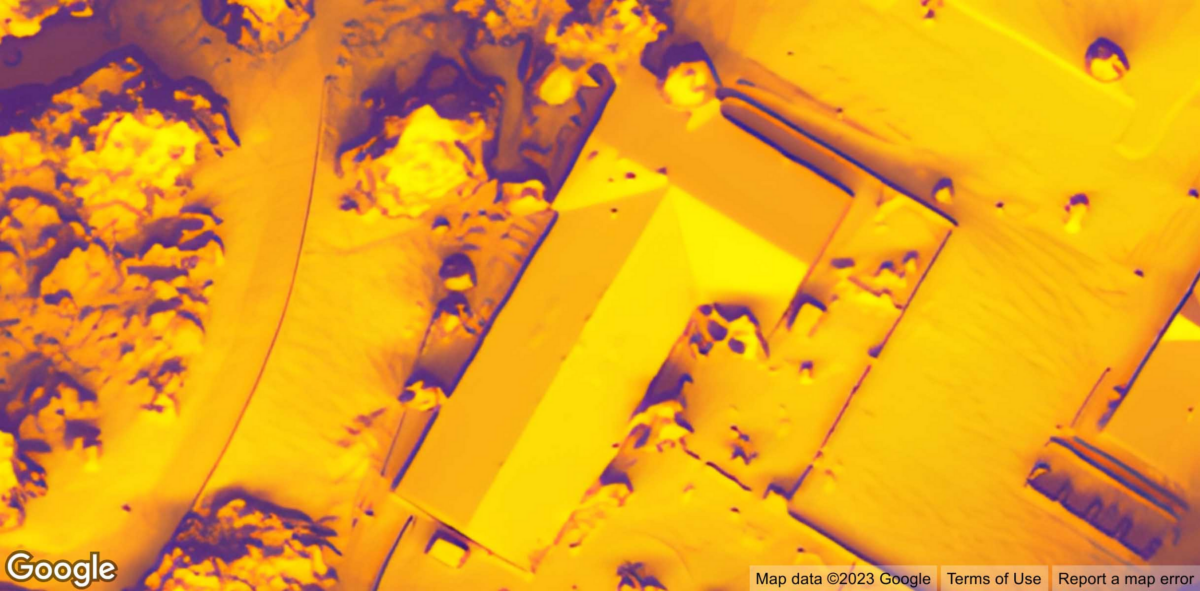Google announced it will sell application programming interfaces (API) datasets for the solar industry, empowering business operations with large, interactable data for understanding rooftop solar potential.
The Solar API contains key building, rooftop, shading, and panel configuration data covering over 320 million buildings in 40 countries, with the goal of helping accelerate the transition to clean, renewable, solar energy. The company said it expects to drive up to $100 million in revenues from sales of its API in the first year alone.
“By using the Solar API, solar businesses can improve the customer experience for interested property owners, create reliable project proposals without requiring an on-site visit, and expedite the overall installation process,” said Google.
Google is known in the solar industry for its Project Sunroof, a free application that helps homeowners understand their estimated bill savings potential for installing rooftop solar. The new Solar API builds on years of collaboration with industry leaders to develop datasets that fit their business needs.
The Solar API includes 3D dataset access for individual building data as well as for aggregated data for all buildings in a particular city or county.

Included in the Solar API is a Buildings Insights endpoint, which provides details of a building’s location, dimensions, and solar potential. It contains information like the size and slope of the roof and the modeled energy production of a rooftop array.
The API also contains a Data Layers endpoint, which produces granular details on raw solar information for the area surrounding a building. Data layers include shading and obstructions and the roof layout to assist detailed system placement and layout. The data can be used to create custom solar proposals and by software-as-a-service developers to automate the design of more efficient arrays.
A pilot project user and Solar API customer Tokyo Electric Power Company Holdings (TEPCO) used the API to create Suncle, an online rooftop solar energy simulation.
“By inputting an address, homeowners can locate their residence on the map, and adjust their electricity bill and solar installation size as they wish. They can find out installation costs, local subsidies available, cost savings, break even point, and how much impact their solar installation could have on reducing CO2, all in a few seconds. To get these figures without Suncle, they would need to have installers visit their house,” says Masami Jenkins, director, environment & social business design lab, TEPCO.
More information can be found on Google’s Solar API webpage and the related documentation page. A demo of the product can be found here.
This content is protected by copyright and may not be reused. If you want to cooperate with us and would like to reuse some of our content, please contact: editors@pv-magazine.com.









By submitting this form you agree to pv magazine using your data for the purposes of publishing your comment.
Your personal data will only be disclosed or otherwise transmitted to third parties for the purposes of spam filtering or if this is necessary for technical maintenance of the website. Any other transfer to third parties will not take place unless this is justified on the basis of applicable data protection regulations or if pv magazine is legally obliged to do so.
You may revoke this consent at any time with effect for the future, in which case your personal data will be deleted immediately. Otherwise, your data will be deleted if pv magazine has processed your request or the purpose of data storage is fulfilled.
Further information on data privacy can be found in our Data Protection Policy.